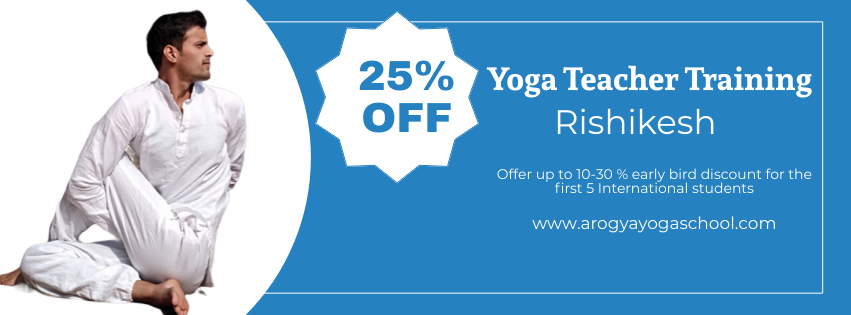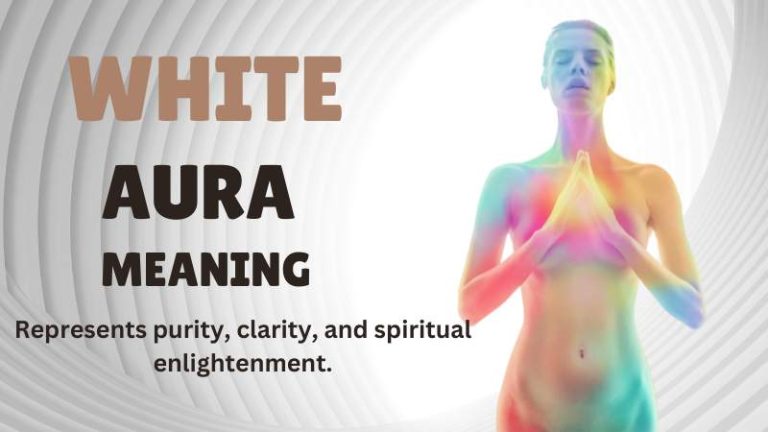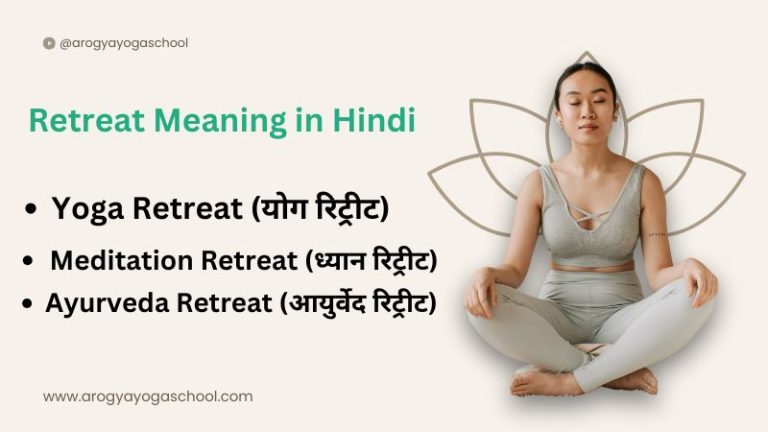
The Essential Role of Pratyahara Unveiled!
Pratyahara, the fifth aspect of the Eight Limbs of Yoga as described in Patanjali’s Yoga Sutras, derives its name from two Sanskrit components:
- Prati, which translates to against or away,
- Ahara, meaning intake or nourishment.
Pratyahara signifies the concept of withdrawing the senses or mastering external influences.
what exactly is Pratyahara?
It entails a deliberate retraction of awareness from outside sensory inputs and redirecting that focus inward. This practice serves as a transition between outward-oriented activities like asana and pranayama and those that are inward-focused, such as dharana, dhyana, and samadhi. By pulling back our attention from external distractions, we prepare our minds for more profound meditative experiences.
Understanding how Pratyahara functions is essential. In everyday life, our senses are frequently overwhelmed by various stimuli, resulting in distraction and mental unrest. Practicing Pratyahara enables individuals to disconnect from this sensory barrage and observe their inner landscape without being swayed by external factors. For instance:
- Rather than reacting emotionally to a sudden loud noise, you can acknowledge it and allow it to fade away.
- During meditation, you may choose to close your eyes to concentrate on internal feelings instead of being sidetracked by visual distractions.
There are several forms of Pratyahara:
- Indriya Pratyahara: Involves controlling the senses by withdrawing them from their objects.
- Prana Pratyahara: Focuses on regulating life force (prana) through detachment from desires or compulsions.
- Karma Pratyahara: Entails performing actions with detachment while fulfilling one’s duties in accordance with karma yoga principles.
- Mano Pratyahara: Centers on withdrawing the mind through heightened internal awareness or consciousness.
Banafits of Pratyahara include:
- Mental Clarity: Helps minimize distractions and enhances concentration.
- Emotional Stability: Reduces reactivity to external events, promoting a sense of balance.
- Meditative Preparation: Establishes a solid groundwork for deeper meditation practices.
How To Practice Pratyahara
Engaging in Pratyahara means pulling back your senses from outside distractions and directing your attention inward. Although it may seem theoretical, there are tangible methods and practices you can adopt to weave Pratyahara into your yoga and meditation routines.
Establish a Tranquil Environment
- Seek out a serene and cozy location where interruptions are unlikely.
- Lower the lighting or shut your eyes to minimize visual disturbances.
Cultivate Breath Awareness
- Sit or recline comfortably.
- Direct your focus toward your natural breathing patterns.
- Simply observe each inhalation and exhalation without attempting to alter them.
- This practice helps stabilize your mind, initiating the withdrawal from outside influences.
Gradually Disconnect from the Senses
- Visual (Sight): Close your eyes or soften your gaze to detach from visual stimuli, imagining the external surroundings fading away.
- Auditory (Hearing): Tune into internal sounds like your breath or heartbeat, or listen to soothing music that encourages inward reflection.
- Tactile (Touch): Pay attention to bodily sensations; notice how clothing feels against you or the surface beneath you without forming judgments.
- Olfactory (Smell) and Gustatory (Taste): Acknowledge any smells or tastes present but gently let go of their grip on your concentration.
Select a Point of Focus
- Choose one focal point such as a mantra, visualization, or the third-eye chakra (Ajna).
- Whenever distractions arise, gently redirect your focus back to this chosen point.
- Explore Yoga Nidra
- Engage in Yoga Nidra, a guided relaxation method that systematically withdraws awareness from various body parts and external senses.
- Meditate on Inner Awareness
- Once you have withdrawn from sensory input, turn your attention toward the inner self.
- Observe thoughts, emotions, or inner silence without judgment.
Pratyahara, the fifth component of Ashtanga Yoga, is part of the eightfold path outlined by Sage Patanjali in the Yoga Sutras. It functions as a crucial link between external practices—such as yama (ethical disciplines), niyama (personal observances), asana (postures), and pranayama (breath control)—and internal practices like dharana (concentration), dhyana (meditation), and samadhi (self-realization).
The Importance of Pratyahara in Ashtanga Yoga:
- Pratyahara involves withdrawing the senses from external stimuli to direct attention inward.
- It serves as a bridge that facilitates the transition from physical discipline to mental focus and meditation.
- This stage is essential for reaching profound meditative states and ultimately achieving samadhi.
Core Principles of Pratyahara in Ashtanga Yoga:
- Sensory Detachment:
The essence of pratyahara lies in managing and distancing oneself from sensory perceptions—sight, sound, smell, taste, and touch. This practice does not entail repression but rather mastering their impact on our minds. - Mind Control:
By diverting focus away from sensory distractions, practitioners nurture inner clarity and tranquility, which enhances their ability to regulate thoughts and emotions. - Foundation for Inner Work:
Once sensory experiences are subdued, the mind attains a state of stillness that prepares it for dharana—the sixth limb of Ashtanga Yoga.
How Pratyahara Integrates with the Eight Limbs of Yoga:
- Yama: Ethical guidelines such as non-harming and honesty.
- Niyama: Personal observances including cleanliness and contentment.
- Asana: Physical postures designed to prepare the body for practice.
- Pranayama: Breath control techniques aimed at regulating life force energy.
- Pratyahara: The process of retracting senses to foster inward awareness.
- Dharana: Focused concentration on a singular point or object.
- Dhyana: Deep meditation characterized by sustained attention.
- Samadhi: A state of blissful union with one’s true self or divine essence.
Practices of Pratyahara in Ashtanga Yoga
- Mindful Asana Engagement: During your asana practice, prioritize awareness of your breath and bodily sensations over external distractions.
- Breath Control (Pranayama): Engaging in deep, rhythmic breathing draws your focus inward and minimizes sensory interruptions.
- Meditation Practices: Employ techniques such as mantras, candle gazing, or visualization to shift your attention away from outside stimuli and direct it inward.
- Yoga Nidra: This guided relaxation technique helps you systematically disengage from sensory experiences while calming the body.
- Everyday Mindfulness: Cultivate awareness by observing sensory experiences—like sounds or sights—without forming judgments or reactions.
Pratyahara benefits in Ashtanga Yoga
- Enhanced Focus and Clarity: By minimizing distractions, this practice sharpens mental concentration.
- Emotional Resilience: It promotes a sense of detachment from external events, fostering emotional balance.
- Foundation for Advanced Practices: It prepares the mind for deeper concentration (dharana), meditation (dhyana), and spiritual immersion (samadhi).
- Inner Serenity: Encourages a peaceful state of mind by alleviating sensory overload.







